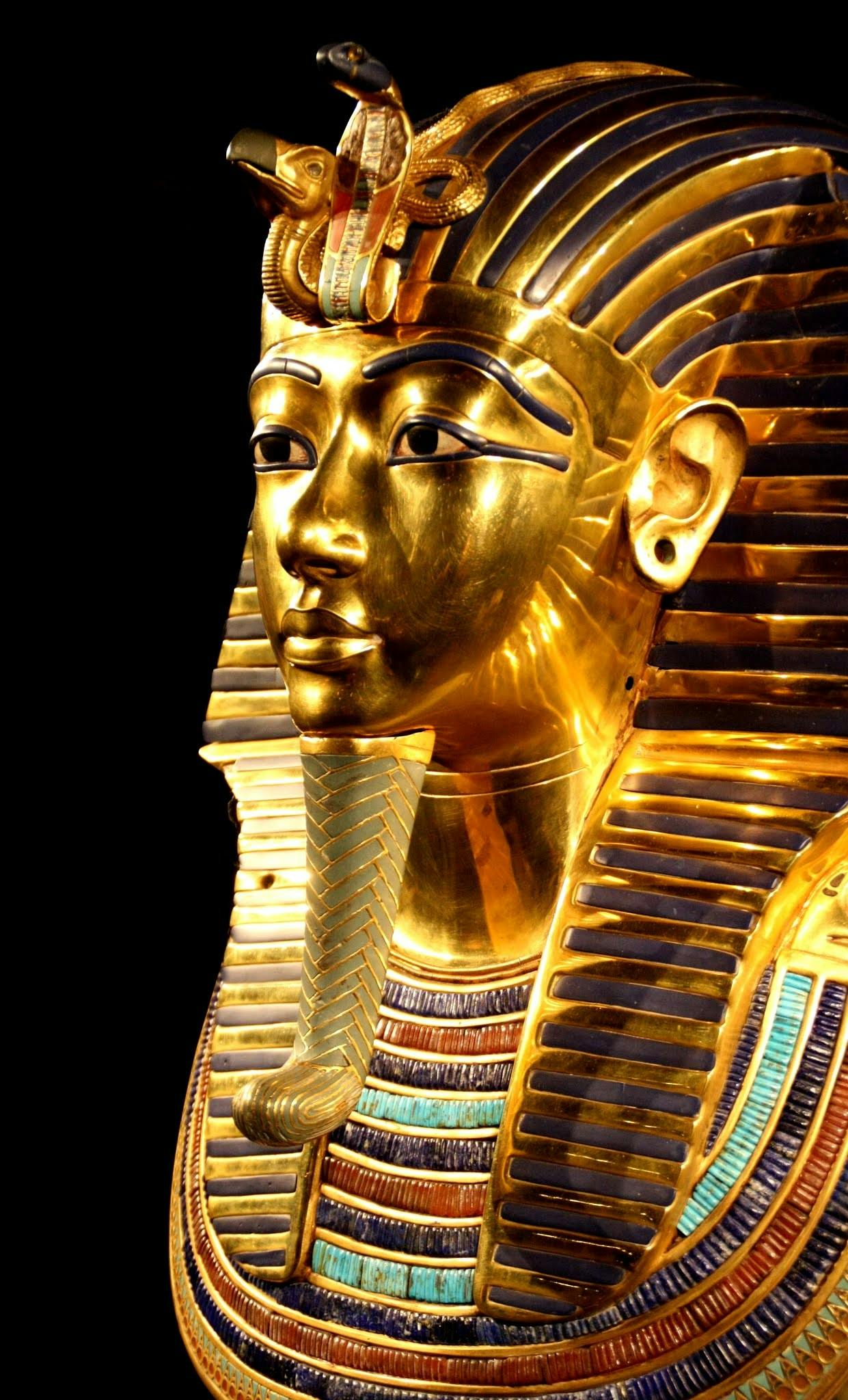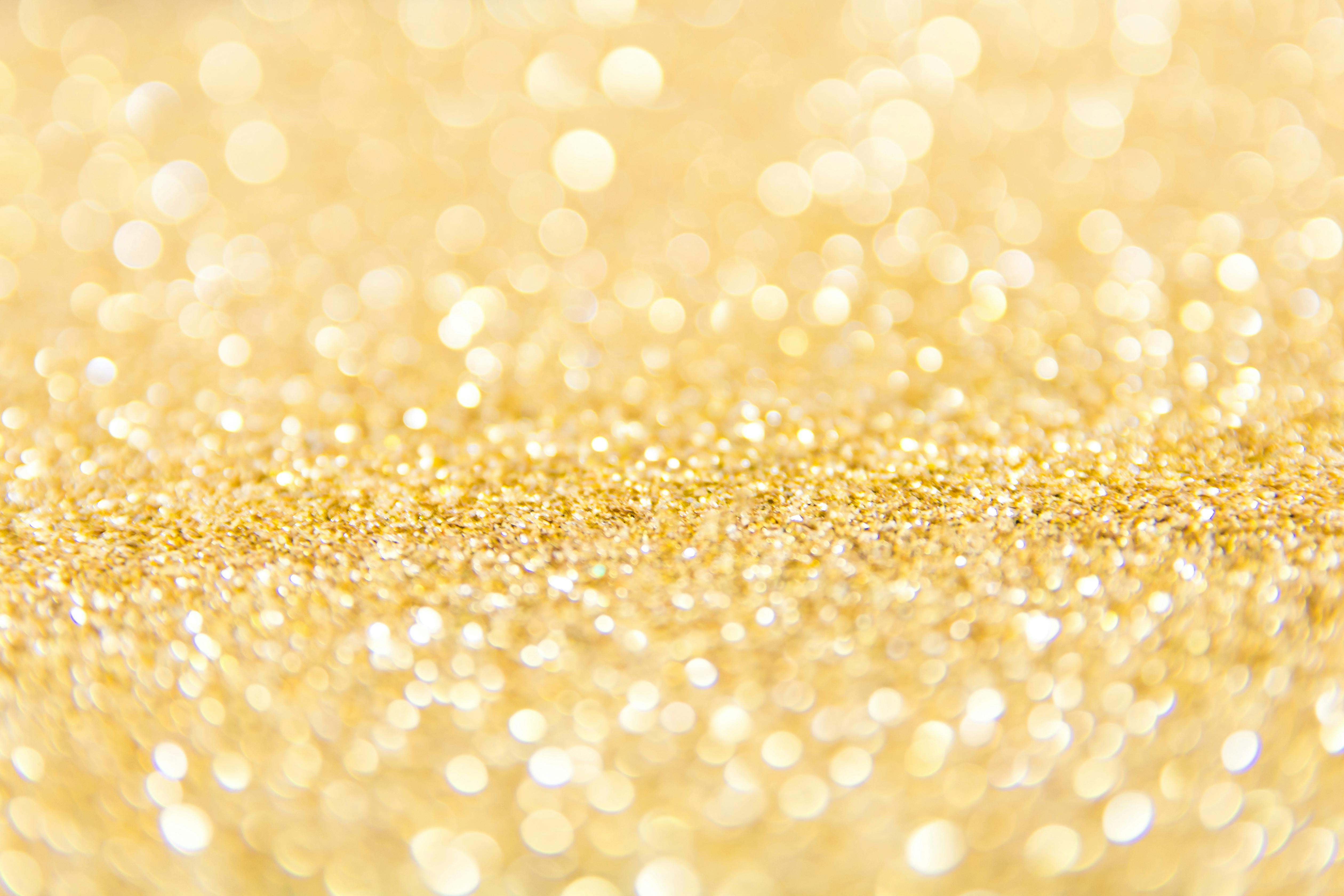At James Stephens Jewellers & Sons, our passion for fine jewellery is deeply rooted in history. Gold, one of the world’s most precious and enduring metals, has captivated civilizations for millennia—worn by kings, queens, and everyday people alike. In this blog, we delve into the fascinating early history of gold, tracing its journey from ancient riverbeds and royal tombs to the treasured pieces we craft and cherish today. Join us as we explore how this radiant metal became the foundation of jewellery as we know it.
AN EARLY HISTORY OF GOLD
From the beginning of mans’ existence the wearing of jewellery has been a constant feature. Knowledge of ancient jewellery depends almost entirely on pieces that were buried with the dead or hidden in times of war.
Prized for it’s rarity, malleability and beauty – gold was the principle metal used for jewellery in the ancient world. Revered for it’s untarnished gleam and it’s ability to withstand fire.
Origins in history
Gold was found in Egypt, Nubia, Arabia, Anatolia, The Balkans, Spain and Ireland.
As gold is much heavier than other minerals – the first was obtained by ‘panning’ the gravel from river beds. It would sink to the bottom of the pan while debris would be swept along by the current.
Alternatively the sinking particles could be caught in a submerged sheepskin (possibly associated with the ‘Golden Fleece’). When the sheepskin dried the gold dust was shaken free.

Extraction
During the second millennium BC, larger amounts of gold became available, extracted from boulders of quartz by demolishing the rock. Eventually, the Romans developed advanced techniques, including open-cast and tunnel mining methods—many of which laid the foundation for mining practices still in use today. They used tools such as iron picks and hammers, and in some regions, even harnessed the power of water to dislodge rock in a method known as hushing, where sudden torrents were released to expose gold-bearing seams.
Roman engineers also created elaborate aqueduct systems to supply their mining operations, showcasing an extraordinary level of ingenuity and scale. These innovations enabled the production of gold on a much larger scale, feeding the demands of empire and status throughout the ancient world.
Contrary to popular belief, early gold jewellery was seldom pure 24 carat. Instead, it naturally contained varying amounts of silver and copper, often resulting in a much paler, greenish-yellow metal known as electrum. This naturally occurring alloy was not only easier to work with but also valued for its own distinctive beauty.
Early examples
Some of the earliest examples of gold jewellery were found in the royal tombs of the Sumerian civilisation circa 2500 BC. Metal work techniques were simple: ribbons, discs and leaf shapes were cut from sheet gold. Queen Pu-abi was discovered with superb beaded necklaces, belts, a garter and a ring on each finger.
Other collections of early gold jewellery were discovered at the site of Ancient Troy and in the tomb of Tutankhamen.
Complex designs of bracelets, earrings, armlets and chokers – worn by both men and women were magnificently preserved and gold has been a staple and reliable component in fine jewellery ever since.
By Sarah Stephens
Check out our other expert articles

